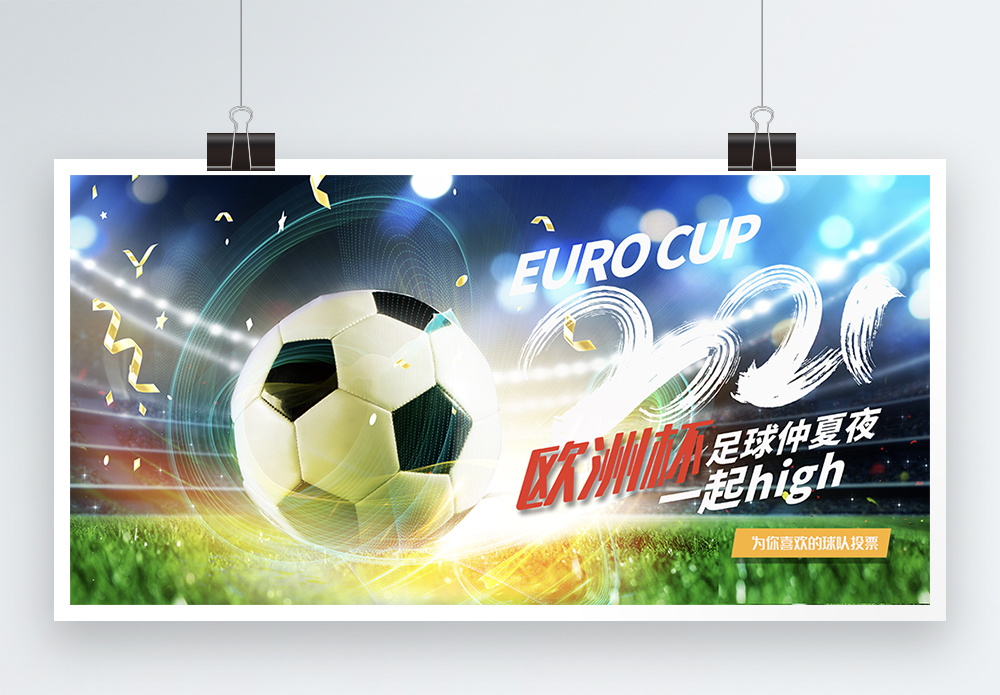
In the world of football, each continent boasts its own top league that commands global attention. Among these, Europe’s five most prestigious leagues stand out as the most influential and competitive in the realm of global football. These five leagues—England’s Premier League (PL), Spain’s La Liga (S.L.), Italy’s Serie A (S.S.A.), Germany’s DFB-Pokal (DFB-P., or German Cup), and France’s Ligue 1—are not just celebrated for their rich histories but also serve as benchmarks for the development and progress of world football.
European Super-Leagues: History and Development
The European super-leagues are England's Premier League (PL), Spain's La Liga (S.L.), Italy's Serie A (S.S.A.), Germany's DFB-Pokal (DFB-P., or German Cup), and France's Ligue 1. These leagues have been instrumental in shaping the modern game globally. They attract high-profile teams from around the globe, fostering an environment where talented players can flourish and contribute to national and international competitions.
The Premier League (PL)
The Premier League is one of the oldest and most renowned football leagues in the world. Known for its dynamic nature and emphasis on individual skill, it has produced many legends such as Manchester United, Arsenal, Chelsea, and Liverpool. The league features some of the highest-paid transfers in the history of professional sports due to its reputation for attracting the best talent from across the globe.
La Liga (S.L.)
Spain's La Liga, known simply as "La Liga," is arguably the most exciting league in Europe. It is home to Barcelona and Real Madrid, two clubs with unmatched prestige and historical significance. La Liga emphasizes tactical play and teamwork, making it challenging for other teams to compete effectively.
Serie A (S.S.A.)
Italy's Serie A is renowned for its storied traditions and passionate fanbase. Teams like AC Milan, Juventus, and Roma are perennial contenders, often competing against each other in European tournaments. The league's focus on technical prowess makes it a formidable test for any team looking to challenge the Italian giants.
DFB-Pokal (DFB-P.)
Germany's DFB-Pokal (German Cup) is significant because it brings together the country's top club teams. This competition serves as a crucial stage for young talents to gain experience and prove themselves, contributing to Germany's dominance in international competitions.
Ligue 1 (L.S.F.)
France's Ligue 1 has seen rapid growth over the past decade. Clubs like Paris Saint-Germain and AS Monaco now vie for the title alongside traditional French giants like Lyon and Marseille. The league emphasizes creativity and flair, pushing the boundaries of what is possible on the pitch.
Competitiveness and Future Trends
Despite their distinct identities, these leagues continually evolve to remain at the forefront of European and global football. Technological advancements, media influence, and strategic alliances among the top clubs are key factors driving this evolution. As technology continues to shape how fans engage with the sport, the relationships between leagues will become even more complex and interconnected.
Moreover, social media platforms have transformed the way these leagues operate and connect with their audiences. Social media allows fans to participate directly in discussions about matches and player news, creating a vibrant online community that enriches the viewing experience.
As the landscape of football remains fluid, these elite leagues will continue to adapt and innovate to maintain their relevance. Their ability to bring together diverse cultural elements while maintaining strict standards of excellence will be essential in sustaining their legacy.
Global Influence
These five leagues have had a profound impact on the global footballing landscape:
Talent Transfer and Player Development
International transfers have become a cornerstone of these leagues, enabling players to develop under different coaching styles and playing conditions before moving to bigger clubs abroad. This transfer system ensures that top talent is constantly available, keeping the best minds engaged with the sport.
Cultural Exchange and Globalization
Through cross-cultural interactions, these leagues foster a sense of unity among countries and encourage mutual understanding through shared experiences. Fans of different nations come together to celebrate victories and mourn losses, strengthening bonds across continents.
Sportsmanship and Values
Football has always been a unifying force, bringing people from all walks of life together through shared passion and discipline. The top five leagues exemplify these values by setting examples of fair play, respect for opponents, and dedication to the game itself.
In conclusion, these world-class leagues represent the pinnacle of football organization, innovation, and tradition. Each year, they push the boundaries of what is possible on the field and inspire new generations of footballers who seek to emulate their achievements. As we look towards the future, these leagues will undoubtedly continue to lead the way in both performance and cultural expression, ensuring their enduring place in the annals of world football history.

